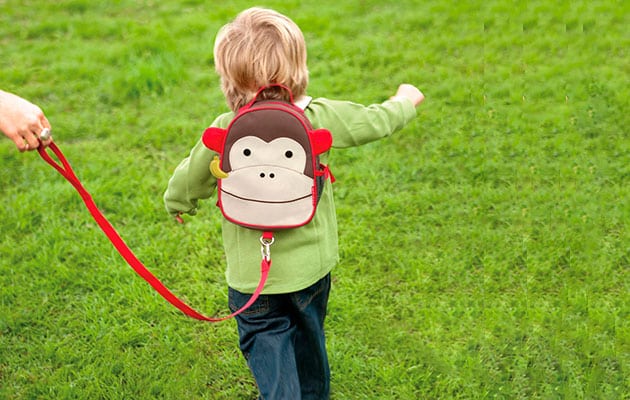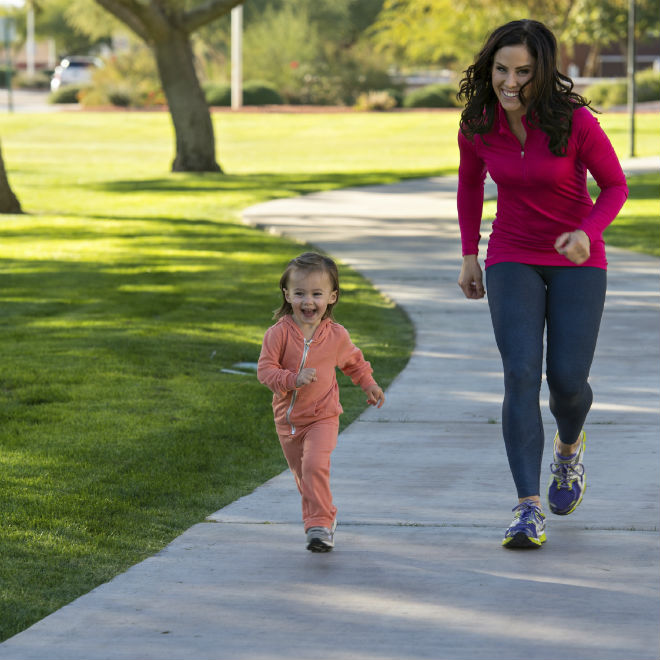
Let’s talk about the child safety harness. I have three girls and have been in situations where I feel like they are all 3 going in different directions and I am COMPLETELY overwhelmed and in over my head…and a child harness would be ideal. But on the other hand, sometimes the thought of one makes me uneasy. Talking about child leashes is like talking about political parties. Parents are either strongly for or strongly against them.
I know this is a touchy subject and I will try to cover it the best that I can in a lighthearted manner. Any offense caused is entirely unintentional. I am simply trying to provide a guide for parents on whether the child harness is for them or not.

According to Wikipedia, A child harness is a safety device worn by children when walking with a parent or carer. Child harnesses are most commonly used with toddlers and children of preschool age, though they may also be used with older children, especially if they have special supervisory needs such as ADHD or autism. Typically, a harness consists of waist, shoulder and sometimes crotch straps with a lead (tether) or rein attaching behind. However, a simpler version consisting of a single strap connecting the child’s wrist (sometimes called a wrist link) or waist to an adult is also common.
They are designed to provide safety for a child when walking by preventing them from being separated from their parent or carer. Additionally, some may be used to make a child stay seated in a stroller or high chair. Typically used for children between one and four years of age, the use of a child harness depends on a variety of factors including the age and maturity of the child, as well as any perceived dangers such as busy roads, large crowds, and potential distractions. Other factors such as neurological and health conditions may also be considered, especially for older children with special supervisory requirements.
The devices are becoming more popular, which has prompted retailers to add more designs. Newer versions often include a backpack or a stuffed animal, with the lead attaching underneath, which softens the appearance.

Every parents worst nightmare is to lose their child or for them to run off, putting themselves in danger. Parents and carers of children with special needs, such as autism, experience the stresses and worries of this constantly. Children with autism or a learning disability often have no danger awareness, which can be terrifying for parents and those who look after them. Sensory issues can also result in children running off unexpectedly. A child harness (or walking harness as it is sometimes referred to) can be a great help in solving this problem.
There is no denying that a child leash is an excellent safety device. But I also want you to ask yourself a question.
What happens when you can no longer use a child leash?
You won’t always be able to rely on a leash to keep your child safe (can you imagine, a teenager on a leash?). A child leash should not be used as a substitute for teaching your child safe practices.
Skipping the leash will be much harder in the short run but; through the use of your words and actions, you may help your children develop responsible safety skills that will last a lifetime.
Every parent’s situation is different and once again I am not saying that child leashes are right or wrong. I’m merely challenging parents to think about their own personal situation and what best fits their individual needs for their family.

0 Comments